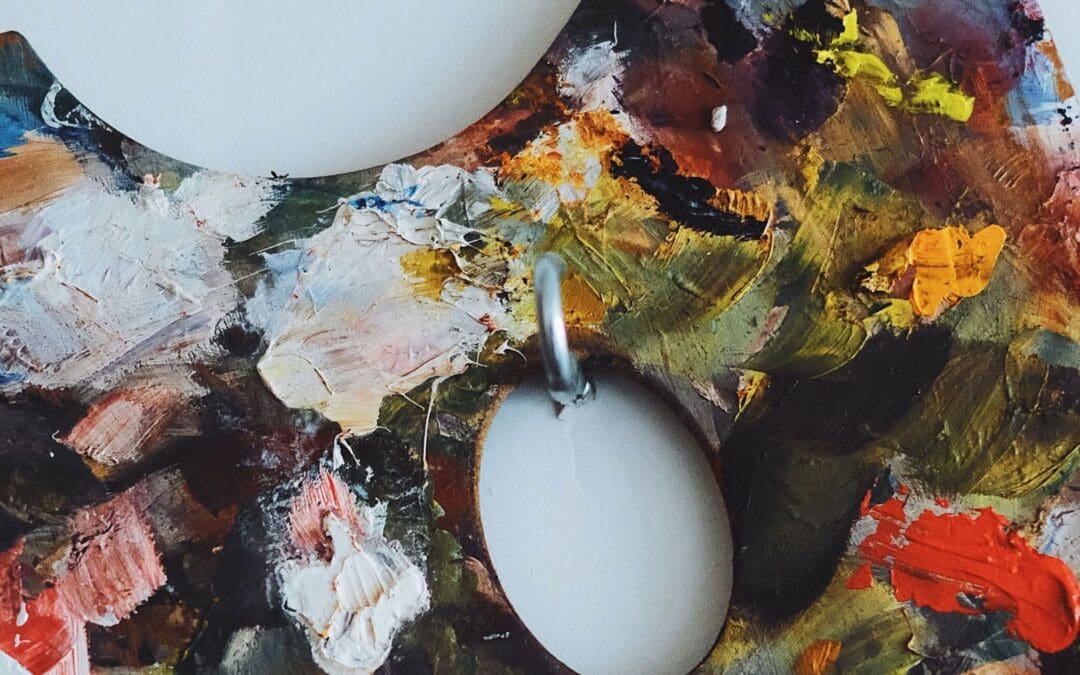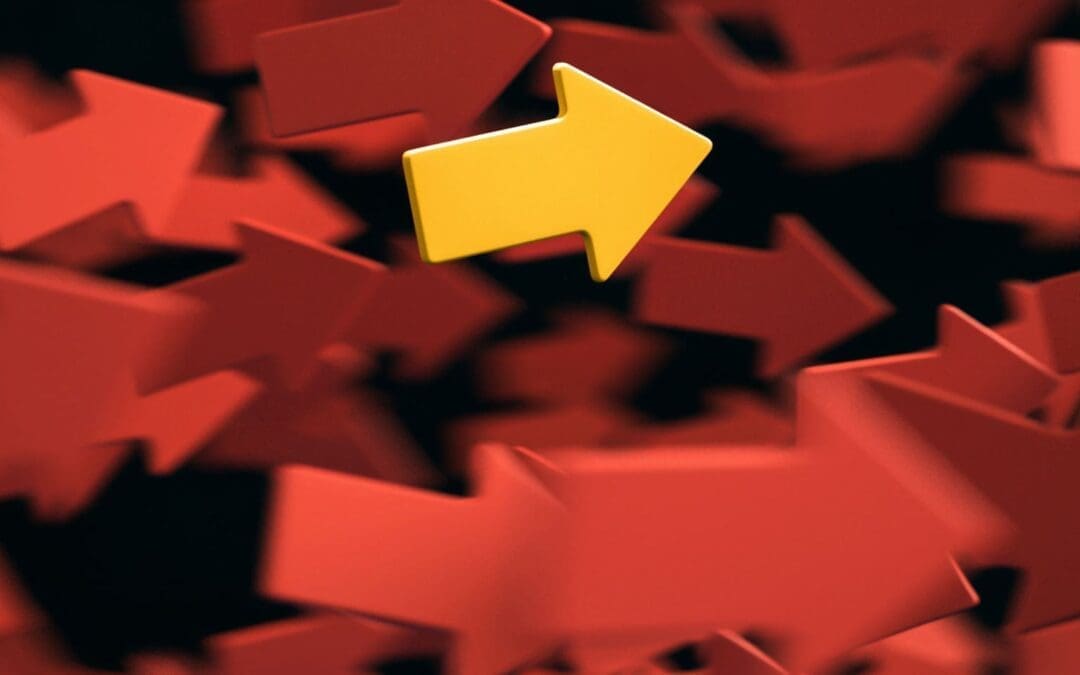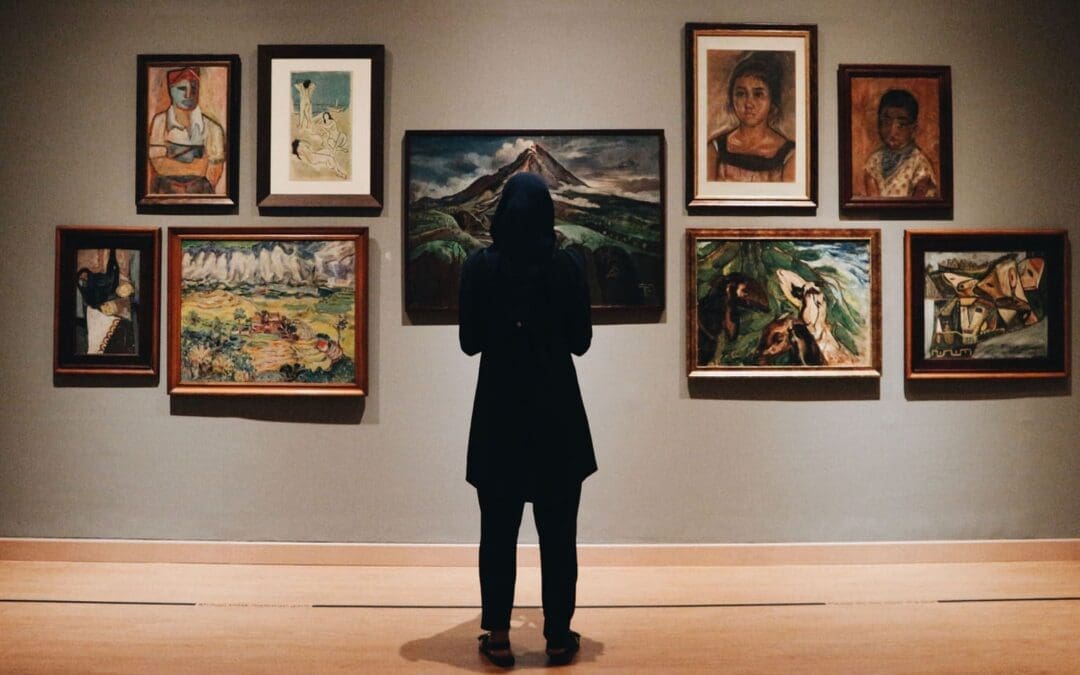
Explore different art forms.
Art has the remarkable ability to captivate our senses, evoke emotions, and ignite our imaginations. For many, collecting art is a passion that brings not only aesthetic pleasure but also a sense of cultural enrichment and investment potential. If you’re an aspiring art collector, the world of art forms can be both exhilarating and overwhelming. The diversity of art forms available can leave you wondering where to begin. In this comprehensive guide, we’ll explore various art forms, providing insights, examples, and tips to help you make informed decisions about what type of art to collect.
Introduction
Art collection is a deeply personal and rewarding journey, and it all begins with a choice – which art form speaks to your soul? As a beginner, you may not yet have a clear preference, and that’s perfectly okay. This article is designed to introduce you to a variety of art forms, showcasing their unique characteristics and providing examples to help you discover what resonates with you.
Remember, the art you collect should reflect your personal tastes and interests. Don’t be swayed solely by trends or investment potential. The most fulfilling art collection is one that you love and cherish. With that in mind, let’s embark on our exploration of different art forms:
Painting
- Description: Painting is one of the most traditional and widely appreciated art forms. It involves applying pigment to a surface, typically canvas, using various techniques such as brushwork, palette knife, or even fingers.
- Examples:
- Oil Painting: Known for its rich colors and depth, oil paintings like Vincent van Gogh’s “Starry Night” are iconic examples.
- Watercolor Painting: Characterized by transparency and delicacy, works like J.M.W. Turner’s “The Fighting Temeraire” showcase the medium’s beauty.
- Acrylic Painting: Modern and versatile, acrylics can be seen in contemporary works like Jean-Michel Basquiat’s “Untitled.”
Sculpture
- Description: Sculpture is the art of creating three-dimensional objects from various materials, including stone, wood, metal, and even found objects. It explores form, space, and texture in physical dimensions.
- Examples:
- Classical Sculpture: Think of Michelangelo’s “David,” a masterpiece of Renaissance sculpture.
- Contemporary Sculpture: Artists like Henry Moore and Louise Bourgeois have pushed the boundaries of sculpture in the modern era.
Photography
- Description: Photography is the art of capturing images using a camera. It can range from documentary photography to abstract and experimental forms.
- Examples:
- Ansel Adams: Known for his stunning black-and-white landscape photography, exemplified by “Moonrise, Hernandez, New Mexico.”
- Cindy Sherman: A pioneer of self-portraiture, her works like “Untitled Film Stills” challenge the concept of identity and representation.
Printmaking
- Description: Printmaking involves creating multiples of an image from a single original surface. It includes techniques like etching, woodcut, and lithography.
- Examples:
- Rembrandt van Rijn: His etchings, such as “The Three Crosses,” are masterpieces of the medium.
- Hokusai: The Japanese artist’s woodblock print series “Thirty-Six Views of Mount Fuji” is celebrated for its intricate detail.
Drawing
- Description: Drawing is a fundamental form of visual expression, typically using pencils, charcoal, ink, or other mediums on paper. It can range from realistic to abstract.
- Examples:
- Leonardo da Vinci: His sketchbooks, filled with anatomical studies and inventions, offer insight into his genius.
- Pablo Picasso: Known for his prolific drawing practice, his “Dove of Peace” is a famous example.
Mixed Media
- Description: Mixed media art combines various materials and techniques to create a single piece. It often blurs the boundaries between different art forms.
- Examples:
- Robert Rauschenberg: His “Erased de Kooning Drawing” is a seminal work that involved erasing an existing drawing, raising questions about authorship.
- Joseph Cornell: His shadow boxes, like “Untitled (Medici Princess),” create miniature worlds using found objects and assemblage.
Digital Art
- Description: Digital art is created using computer software and hardware. It encompasses a wide range of styles, from digital painting to generative art and virtual reality experiences.
- Examples:
- Beeple: His digital collage “Everydays: The First 5000 Days” made headlines when it sold as an NFT for millions.
- Virtual Reality Art: Artists like Olafur Eliasson explore immersive experiences, such as “Rainbow.”
Textile Art
- Description: Textile art involves working with fabrics and fibers to create art, whether through weaving, embroidery, quilting, or other techniques.
- Examples:
- Sheila Hicks: Her colorful fiber sculptures, like “Bamian” and “Beryl,” add texture and dimension to spaces.
- Faith Ringgold: Known for her narrative quilts like “Tar Beach,” which tell stories through fabric and thread.
Ceramics
- Description: Ceramics is the art of creating objects from clay and firing them at high temperatures. It can produce functional items like pottery and decorative sculptures.
- Examples:
- Pablo Picasso: His ceramic works, such as “Owl” and “Visage,” showcase his exploration of the medium.
- Claude Conover: His large-scale ceramic sculptures, like “Monolith II,” demonstrate the potential of clay as an artistic medium.
Installation Art
- Description: Installation art involves creating immersive, site-specific experiences that often transform entire spaces. It can include elements from various art forms.
- Examples:
- Christo and Jeanne-Claude: Their large-scale environmental installations, such as “The Gates” in Central Park, New York City, are iconic.
- Yayoi Kusama: Known for her immersive “Infinity Mirror Rooms,” which blend sculpture and performance art.
Performance Art
- Description: Performance art is a live, time-based art form where artists use their bodies, actions, and sometimes props to convey a concept or idea.
- Examples:
- Marina Abramović: Her endurance-based performances like “The Artist Is Present” challenge the limits of human experience.
- Yoko Ono: Known for her conceptual and interactive performances, including “Cut Piece.”
Film and Video Art
- Description: Film and video art involve using moving images to create narrative, experimental, or conceptual works.
- Examples:
- Stanley Kubrick: His films, like “2001: A Space Odyssey” and “A Clockwork Orange,” are celebrated for their artistic merit.
- Bill Viola: Known for his video installations, including “The Crossing” and “The Greeting.”
Street Art + Graffiti
- Description: Street art and graffiti are often created in public spaces using various mediums like spray paint, stencils, and wheatpaste. They can carry social or political messages.
- Examples:
- Banksy: The enigmatic artist’s works, such as “Girl with a Balloon” and “Flower Thrower,” have become global phenomena.
- Jean-Michel Basquiat: Before his canvas works, Basquiat gained recognition for his graffiti art in New York City.
Choosing Your Path
Now that we’ve explored an array of art forms, it’s time to consider your preferences and interests. Here are some essential tips for choosing the right art form to start your collection:
- Follow Your Heart: Select art that resonates with you on a personal level. Your collection should reflect your tastes and passions.
- Educate Yourself: Learn about the history, techniques, and key artists within your chosen art form. Understanding the context will deepen your appreciation.
- Visit Galleries and Museums: Spend time exploring art in person. Galleries and museums are excellent places to see different art forms up close.
- Engage with the Art Community: Attend art events, exhibitions, and talks to connect with fellow collectors and artists. Their insights can be invaluable.
- Consider Your Space: Think about where you’ll display your art. Some forms, like large sculptures or installations, may require more space.
- Budget Wisely: Determine your budget and be mindful of your financial limits. Art collection can be an investment, but it should also be enjoyable.
- Diversity Matters: Don’t limit yourself to one art form. A diverse collection can provide a more comprehensive artistic experience.
- Trust Your Instincts: If a piece speaks to you, don’t hesitate to acquire it. Sometimes, the strongest connections are immediate and emotional.
Conclusion
Embarking on the journey of art collection is an exciting and enriching experience. As a beginner, exploring different art forms allows you to discover what resonates with your sensibilities. Whether you find solace in the elegance of a classical sculpture, the vibrant colors of a contemporary painting, or the immersive world of installation art, there’s a vast and diverse realm of artistic expression waiting for you to explore.
Remember, art is not just about aesthetics; it’s a reflection of human creativity, culture, and history. Your collection will become a testament to your appreciation of these facets of the human experience. So, take your time, trust your instincts, and immerse yourself in the world of art to find the forms that speak most profoundly to your heart and soul. Happy collecting!


